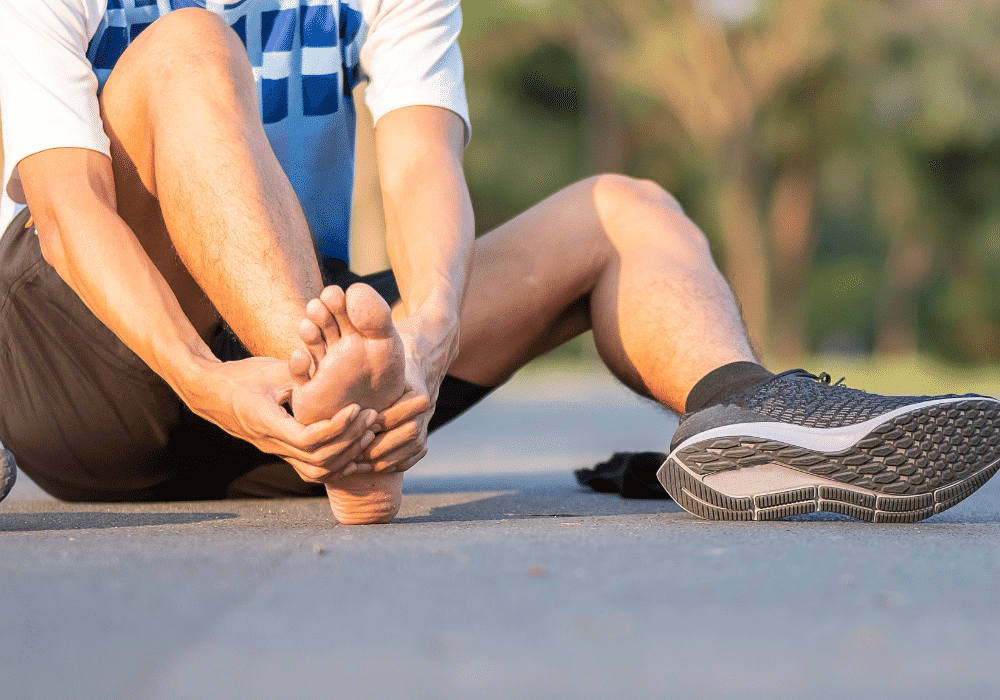


However, if surgery is necessary, it may involve the release of the plantar fascia or other soft-tissue growth.Does the bottom of your foot hurt or even burn? Surgery: Patients with heel pain rarely require more surgery.Shoe Inserts: Custom shoe inserts, called orthotics, made by your podiatrist, will effectively treat the majority of heel and arch pain without the need for surgery.Physical therapy may be used in conjunction with such treatments. Medication: Early treatment for heel pain might involve oral or injectable anti-inflammatory medication, exercise and shoe recommendations, or taping or strapping to support the foot.It is common among people who run and walk a lot and have tight tendons.Ī podiatrist will diagnosis the cause of heel pain by examining the area and may perform diagnostic X-rays to rule out problems of the bone. This is caused by inflammation of the Achilles tendon, which runs from behind the ankle to the back of the heel bone. Achilles Tendinitis: Pain at the back of the heel is associated with Achilles tendinitis.It is common among athletes who run and jump a lot. Plantar Fasciitis: Both heel pain and heel spurs are frequently associated with plantar fasciitis, an inflammation of the band connective tissue (fascia) that runs along the bottom (plantar surface) of the foot, from the heel to the ball of the foot.These conditions may result from imbalance when walking, running or jogging, improperly fitted or excessively worn shoes, or obesity. Heel spurs result from strain on the muscles and ligaments of the foot, by stretching of the long band of tissue that connects the heel and the ball of the foot, and by repeated tearing away of the lining or membrane that covers the heel bone. Heel Spurs: A bony growth on the underside of the heel bone.Heel pain, sometimes disabling, can occur in the front, back, or bottom of the heel (arch). We offer diagnosis and treatment in over 70 specialties and subspecialties, as well as programs, services, and support to help you stay well throughout your lifetime.
Foot arch pain professional#
BMC physicians are leaders in their fields with the most advanced medical technology at their fingertips and working alongside a highly skilled nursing and professional staff.


 0 kommentar(er)
0 kommentar(er)
